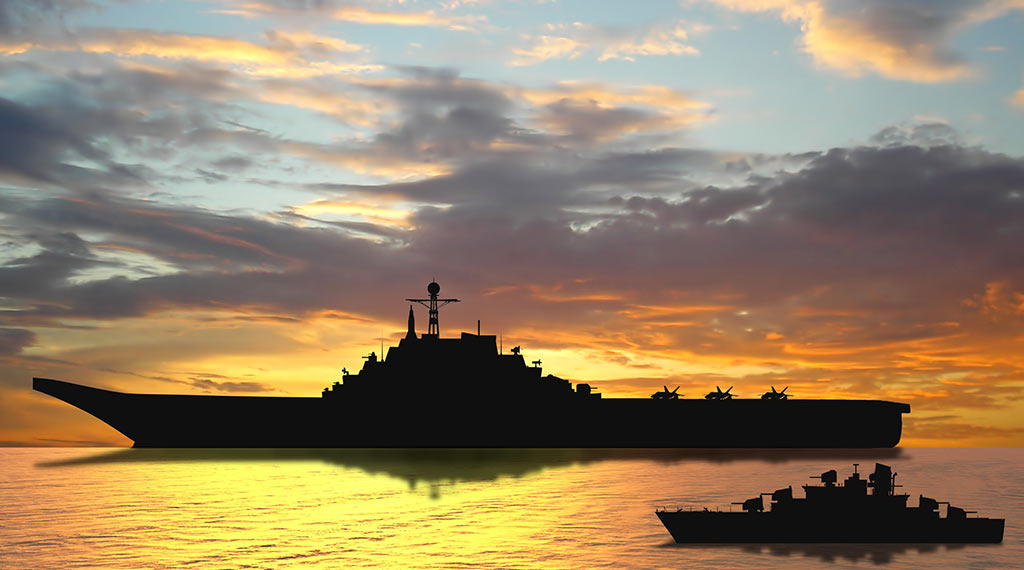
Joe Biden clearly is playing to lose. His dismal budget shows that he’s looking to gut the U.S. Navy at a time when America’s allies need it the most.
Congress must step in to correct the abysmal funding levels for the Navy found in the Biden administration’s funding proposal. It must also impose measures aimed at keeping contractors and the Navy on target and under budget. Cost overruns along with shoddy results have plagued the Navy for the past twenty years.
Latest posts by John Rossomando (see all)
- Biden channels Neville Chamberlain as Putin threatens Ukraine - December 10, 2021
- John Rossomando – The sequel to Kabul? - December 8, 2021
- COVID vaccine mandate proves Biden administration doesn’t care about military readiness - December 3, 2021
